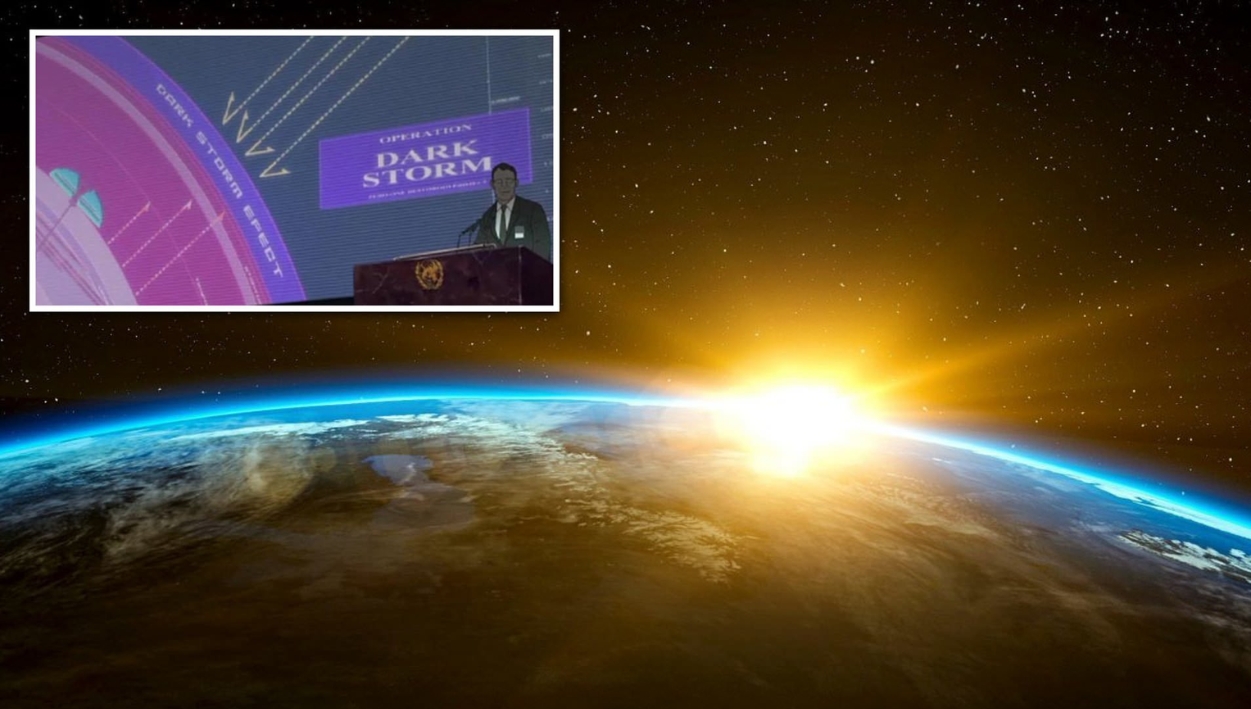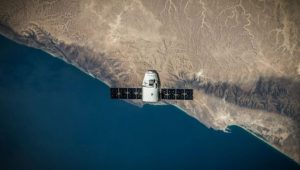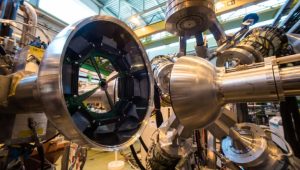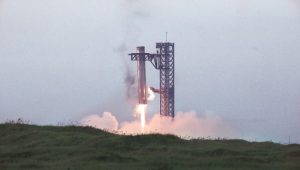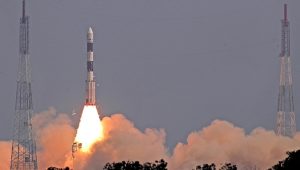The US recently conducted its first outdoor test to ease global warming effects. Engineer Matthew Gallelli experimented on a retired aircraft carrier in San Francisco Bay. He evaluated a method to brighten clouds and reflect sunlight back into space, offering a temporary cooling solution.
The primary objective of the experiment was to confirm that the device could reliably spray salt aerosols outside of laboratory environments. If successful, cloud composition overseas could change.
This initiative explores “sun blocking,” reflecting sunlight to cool the Earth, termed solar radiation modification (SRM). With record climate change, the University of Washington team spearheading the project emphasises exploring alternatives. SRM, like stratospheric aerosol injection, disperses sun-blocking particles into the upper atmosphere, as proven effective by Mount Pinatubo’s 1991 eruption’s temporary cooling impact by 0.5 degrees Celsius.
The UN Environmental Programme advises against large-scale SRM deployment, emphasising the priority of reducing greenhouse gas emissions despite witnessing potential benefits. Greenpeace International’s David Santillo raises concerns about altering solar radiation’s impacts on climate patterns, advocating caution.
Director of the climate and energy justice programme at Friends of the Earth U.S., Karen Orenstein, criticises SRM as a dangerous distraction. According to her, the best way to address climate change is to stop burning fossil fuels, not by modifying solar radiation.





